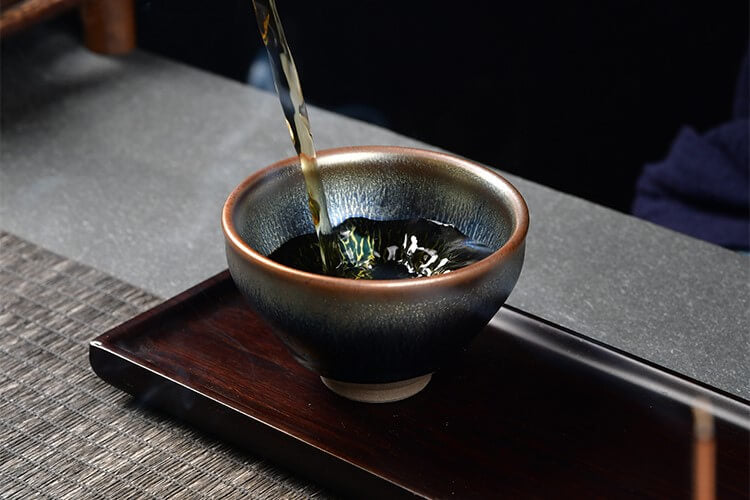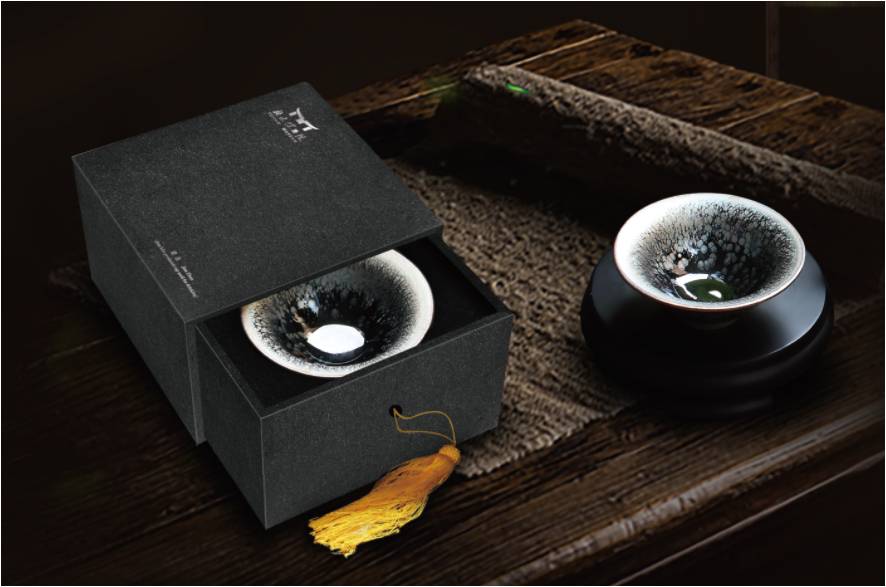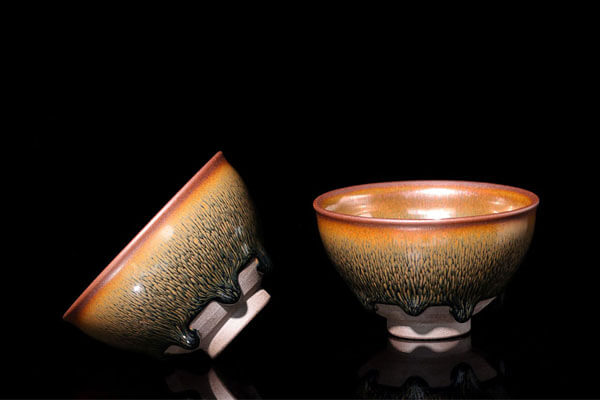Sitting Posture in Tea Ceremony Etiquette
In tea ceremony performances and tea-tasting gatherings, sitting posture is the foundation of proper etiquette. A correct posture not only expresses deep respect for tea and for others but also allows the body to remain comfortable and focused when handling tea utensils. It helps create an atmosphere of calm elegance that elevates the entire experience.
This guide explains the standards, professional skills, and key points of sitting posture in tea ceremony etiquette, helping you master this essential detail that reflects refined taste and cultural cultivation.

1. The Core Meaning and Cultural Value of Sitting Posture
As an art form that blends traditional etiquette, cultural expression, and refined skills, every gesture in the tea ceremony reflects both heritage and sincerity toward guests. Sitting posture, often the “first visual language” of tea ceremony etiquette, plays a crucial role.
-
A gesture of respect: An upright posture during conversation or tea service conveys attention, courtesy, and respect, creating a harmonious tea-tasting atmosphere.
-
A foundation for graceful movements: Brewing tea involves precise, delicate actions—such as warming cups, pouring, dividing, and serving. A stable sitting posture ensures smooth, elegant, and coordinated movements.
-
An embodiment of temperament: A composed sitting posture reflects calmness and inner stillness, aligning perfectly with the quiet, profound spirit of tea.
2. Standards and Techniques for Proper Tea Ceremony Sitting Posture
Both professional tea artists and tea enthusiasts can benefit from understanding and practicing standard sitting postures to achieve elegance and ease.
(1) Correct Etiquette When Sitting Down
When approaching the seat, move calmly. Step back slightly with the right foot, lower yourself gently, and settle without making loud noises.
-
Women may place their hands gently on their laps.
-
Men may rest their hands naturally on their knees or thighs.
The overall impression should be dignified, steady, and graceful.
(2) Core Body Posture
-
Upright torso: Keep the back naturally straight, shoulders relaxed, and head level. Avoid stiffness or slouching.
-
Moderate waist contact: If the chair has a backrest, lean lightly but do not rely fully on it. Without a backrest, engage the core to maintain an upright position.
-
Relaxed chest and abdomen: Breathe naturally. Avoid forcing the chest forward or tensing the abdomen. This balance creates both elegance and comfort.
(3) Leg Position and Gender Differences
-
For women: Knees and feet should be close together, toes pointing forward or slightly sideways. If wearing a skirt, arrange it beforehand to maintain grace.
-
For men: Legs should be shoulder-width apart, knees bent at about 90°, toes pointing forward.
-
Avoid: Crossing legs, shaking legs, or stretching them out excessively. These disrupt the sense of etiquette and composure.
(4) Hand Placement and Coordination
Hands should complement the sitting posture.
-
Rest them naturally on the thighs with palms down or gently clasped in the lap.
-
When operating tea utensils, let hand movements extend smoothly from the body without destabilizing posture.
Coordination between hand movement and body alignment is essential for a seamless performance.
3. Posture Adjustments for Different Tea Ceremony Scenarios
Tea ceremonies vary in formality, and sitting posture should be adjusted accordingly.
(1) Formal Tea Ceremony Performances
In professional demonstrations, posture must be precise and standardized.
-
Keep the upper body upright at all times.
-
Sit 30–40 cm from the tea table to allow smooth movements.
-
Follow gender-specific leg postures and keep hand movements gentle and fluid.
This posture embodies the solemn beauty and cultural depth of the ceremony.
(2) Daily Tea Tasting
In casual settings, posture may be more relaxed but should still maintain dignity.
-
Slight adjustments in back posture are allowed for comfort.
-
Avoid leaning excessively or slouching.
-
Keep hand and leg positions proper, allowing a pleasant, respectful atmosphere for conversation.
(3) Formal Tea Parties
At tea parties, posture should balance formality with ease of interaction.
-
Keep an upright posture with appropriate space between neighbors.
-
When others are speaking or serving tea, lean slightly forward to show attentiveness.
This reflects both personal cultivation and respect for others.
4. Practical Tips and Training Methods
-
Avoid stiffness: Good posture should feel natural, not forced. Beginners can practice finding a balance between formality and comfort.
-
Cultivate inner composure: Sitting posture reflects mental state. Calm focus naturally translates into graceful presence.
-
Adapt to seat types: Different seating styles (e.g., Taishi chairs, round-back chairs, futons) require slight adjustments. Center the body to maintain stability and elegance.
-
Smooth transitions: When standing or moving, adjust posture first, then rise gently. This keeps etiquette consistent from movement to stillness.
Conclusion
Mastering sitting posture in tea ceremony etiquette is the first step toward an elegant tea experience. It reflects not only external grace but also inner respect for tea, culture, and others. Through mindful practice, proper posture becomes second nature—allowing every tea gathering to radiate calmness, refinement, and the enduring beauty of tea culture.







